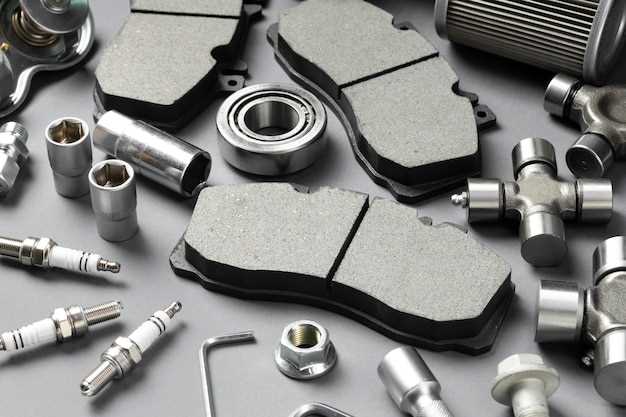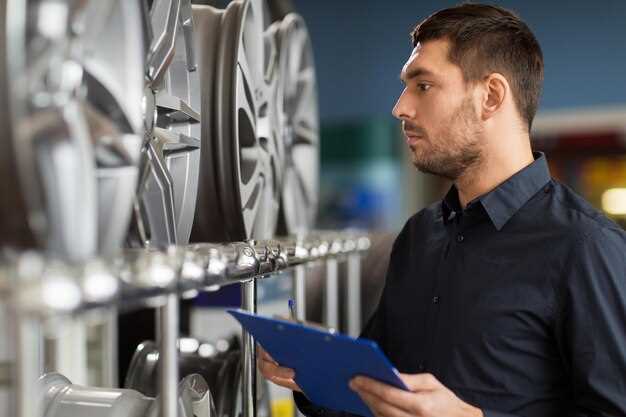
How to Choose Coilovers for Racing

The quest for optimal racing performance often leads enthusiasts to explore the world of coilovers. These adjustable suspension components not only enhance handling but also allow for precise tuning to meet specific racing conditions. However, selecting the right coilovers can be a complex task that requires consideration of various factors, including vehicle type, driving style, and race conditions.
Understanding the fundamental differences between coilovers is crucial for making an informed decision. Not all systems offer the same level of adjustability, comfort, or performance. Some coilovers are designed for track use, emphasizing stiffness and responsiveness, while others aim to balance performance with daily drivability. This article delves into features such as spring rates, damping options, and material quality, highlighting how each contributes to racing performance.
Furthermore, the installation process and maintenance requirements of coilovers should not be overlooked. Proper installation not only ensures safety but also maximizes the performance benefits of the chosen system. In the following sections, we will provide a detailed guide to help you navigate the various options available, ensuring that you select the ideal coilovers for your racing aspirations.
Understanding Coilover Types and Their Impact on Handling

Coilovers are essential components of a vehicle’s suspension system, providing adjustable ride height and damping to enhance handling characteristics. There are several types of coilovers, each designed to address specific performance needs. Understanding these types can significantly influence your racing setup.
First, we have basic coilovers, which offer height adjustment without significant modifications to damping characteristics. These are suitable for casual racing and daily driving but may not provide the fine-tuning necessary for competitive racing. The simplicity of installation makes them a popular choice for enthusiasts seeking improved aesthetics and basic handling enhancements.
Next are performance coilovers, which include adjustable damping settings. These allow drivers to fine-tune the suspension to match racing conditions. By altering the compression and rebound settings, racers can optimize tire contact with the track, enhancing grip and stability. This type is highly recommended for those who frequently participate in track events or autocross.
Another variant is the threaded body coilover system, which provides both height adjustment and improved suspension geometry. This system maintains the suspension’s proper alignment while lowering the vehicle. This adjustment is crucial for maintaining handling performance, as a lower center of gravity can reduce body roll and enhance cornering stability.
Lastly, high-end coilovers often feature sophisticated materials and technology, such as remote reservoirs or monotube designs. These systems can better manage heat and provide consistent performance under extreme conditions. Additionally, they tend to be lightweight and durable, contributing to overall vehicle responsiveness.
Ultimately, the type of coilover chosen plays a pivotal role in handling performance. A well-selected coilover system tailored to specific racing needs will yield better traction, control, and driver confidence on the track.
Key Factors to Consider When Selecting Coilovers for Your Race Car

When selecting coilovers for your race car, several key factors must be considered to enhance your vehicle’s suspension performance. The first factor is the intended use of the car. Depending on whether the vehicle is primarily for track racing, drifting, or street racing, the specifications of the coilovers may differ significantly.
Another important aspect is adjustability. Quality coilovers offer adjustments for ride height, damping, and sometimes even camber and toe angles. This flexibility allows you to fine-tune the suspension settings to match different tracks and driving styles, ensuring optimal performance and handling.
Spring rates are also critical to consider. The stiffness of the springs must align with the weight of the car and the type of racing. Higher rates provide better handling during aggressive cornering but may compromise comfort and traction on bumpy surfaces.
Build quality and materials play a pivotal role in the longevity and performance of coilovers. Look for products made from high-grade materials, such as aluminum or high-strength steel, as these can withstand the stresses encountered in racing environments.
Additionally, it’s essential to review the damping technology utilized in the coilovers. Many high-performance coilovers feature monotube or twin-tube designs, with adjustable damping settings that can be tailored for different conditions. This capability allows the driver to maximize grip and stability while minimizing unwanted body roll.
Lastly, consider compatibility with existing components. Ensure that the chosen coilovers are compatible with your vehicle’s suspension geometry and other modifications. Proper fitment is crucial to guarantee safety and performance during races.
Installation Tips and Adjustments for Optimal Coilover Performance
Proper installation and adjustment of coilovers are crucial for maximizing racing performance. Follow these tips to ensure your setup is effective and efficient.
- Preparation: Before starting, gather all necessary tools and parts. This includes wrenches, a jack, jack stands, and torque specifications for your vehicle.
- Vehicle Support: Lift the vehicle using a jack and secure it with jack stands to ensure safety during installation.
- Remove Existing Suspension: Carefully take off the stock struts or shocks. Ensure to keep track of any hardware, as you may need it for the installation of the coilovers.
Once the old suspension components are removed, proceed with the following steps for installing coilovers:
- Coilover Assembly: Assemble the coilovers according to the manufacturer’s instructions. Ensure that all components are tight and secure.
- Adjust Preload: Set the preload on the coil springs. This affects ride height and suspension stiffness. Adjust based on your racing needs.
- Mounting Angle: Install the coilovers at the correct angle, ensuring they align with the suspension geometry. Misalignment can lead to poor handling and increased wear.
- Use Proper Torque: Follow the torque specifications provided by your vehicle manufacturer or coilover brand. This ensures the longevity and performance of the suspension setup.
After installation, focus on adjustments:
- Ride Height: Adjust the ride height based on track requirements and your driving style. Lowering the car can improve aerodynamics but may sacrifice comfort.
- Damping Settings: Adjust the damping settings to match track conditions. Softer settings may be beneficial for bumpy tracks, while stiffer settings can improve responsiveness on smoother surfaces.
- Alignment: Post-installation alignment is critical. Adjust camber, toe, and caster to optimize handling and tire wear.
- Test Drive: Conduct test drives to evaluate coilover performance. Make further adjustments based on feedback from the vehicle dynamics.
Regular maintenance and periodic checks on the coilovers will ensure continued performance. Stay aware of any changes in handling or ride quality during races, as these may indicate the need for further adjustments.


















